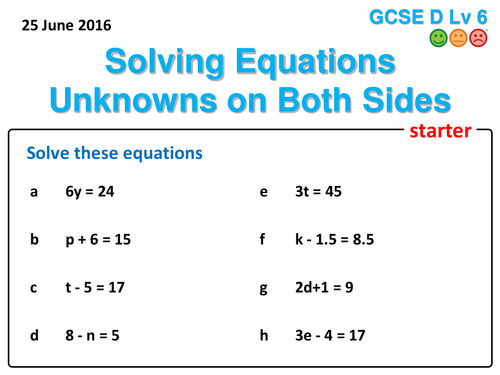Jamie's Maths Shop
This shop is slowly being filled with my favourite lesson plans. I love it when I find a resource that gives a complete lesson without the need for any extras or tweaking so that's what I'm aiming to also give when I add a new resource on here.




















